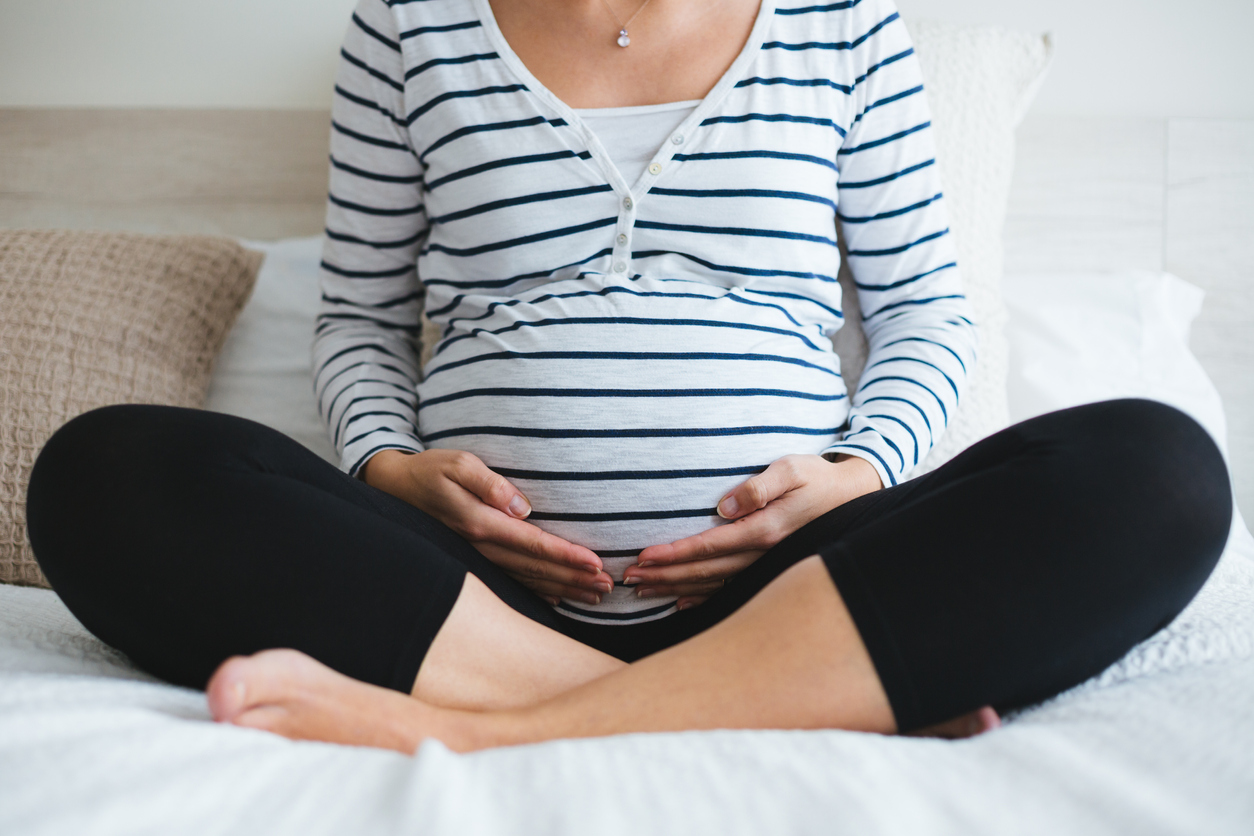Impact of Gestational Diabetes on the Pelvic Floor Muscles
Gestational diabetes (GDM) is associated with increased incidence of pelvic floor dysfunction and urinary incontinence, both during pregnancy and post-natally1-2. An interesting study was published late 2020 on this topic, exploring the effect of GDM on the pelvic floor muscles3. 110 pregnant women with and without GDM were assessed with 3D ultrasound at 24-28 weeks and 34-38 weeks gestation, and levator ani thickness and hiatal area were measured.
During pregnancy, the pelvic floor muscles usually undergo hypertrophy. During labour, the pelvic floor muscles need to stretch to allow descent of the foetus. This study found that pregnant women with GDM had lower than expected changes in levator ani thickness and hiatal area compared to women without GDM. The expected enlargement of the hiatal area and hypertrophy of the PFM did not happen in women with GDM; in fact the opposite occurred. There was a decrease in hiatal area and a reduced thickness of the PFM from 24-28 weeks and 34-38 weeks gestation.
In rat studies, maternal hyperglycaemic levels during pregnancy have been found to be associated with myopathy. The authors of this study hypothesised that the observed changes to the PFM were likely due to the maternal hyperglycaemic environment. They also theorised that the smaller changes in hiatal area and levator ani thickness in women with GDM may contribute to the previously observed higher rates of labour dystocia and c-section in this cohort3.
Prevention Is Better Than Cure
It is a Grade A Recommendation from the International Continence Society to offer continent, pregnant women a supervised (including regular health professional contact) and intensive strengthening pelvic floor muscle training program to prevent ante-partum and postpartum urinary incontinence. The findings of this study suggest that this is even more important in women with GDM.
References
1 Barbosa AMP, Adriano Dias GM, Calderon IMP, RudgeI MVC, Witkin S. Urinary incontinence and vaginal squeeze pressure two years post‐cesarean delivery in primiparous women with previous gestational diabetes mellitus. Clinics. 2011;66(8): 1341‐1345. https://doi.org/10.1590/S1807-59322011000800006
2. Kim C, McEwen LN, Sarma AV, Piette JD, Herman WH. Stress Urinary incontinence in women with a history of gestational diabetes mellitus. J Women's Heal. 2008;17(5):783‐792. https:// doi.org/10.1089/jwh.2007.0616
3. Sartorão Filho, C., Pinheiro, F., Prudencio, C., Nunes, S., Takano, L., Enriquez, E., Orlandi, M., Junginger, B., Rudge, M, and Barbosa, A. 2020. Impact of gestational diabetes on pelvic floor: A prospective cohort study with three‐dimensional ultrasound during two‐time points in pregnancy. Neurourology & Urodynamics, 2020 e-pub
May 2021





